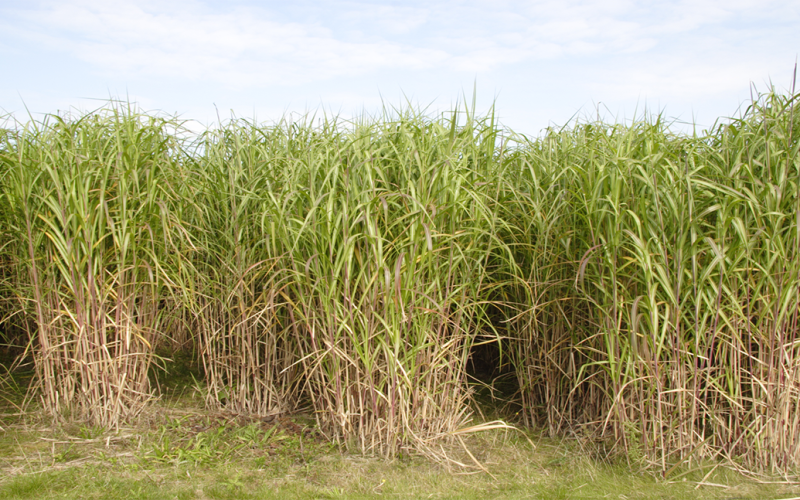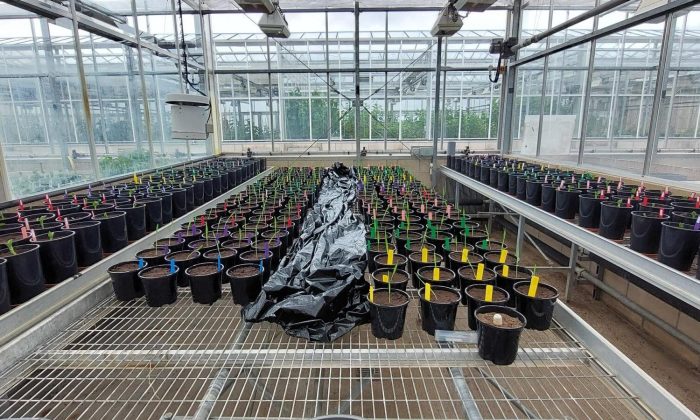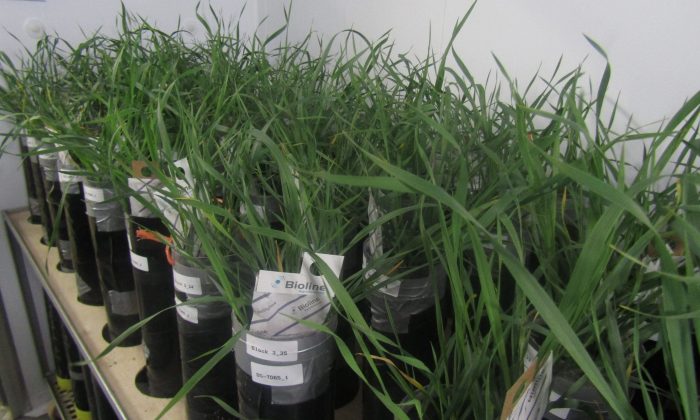As global interest in sustainable energy intensifies, Miscanthus—a perennial bioenergy crop—has gained attention for its potential as a renewable energy source. But beyond its energy-producing capabilities, Miscanthus offers a host of environmental benefits, particularly in promoting biodiversity. For UK farmers, landowners and policymakers focused on sustainable farming practices, understanding the biodiversity benefits of cultivating Miscanthus could provide an incentive to adopt this crop.
This article highlights the positive impact Miscanthus can have on the biodiversity of UK landscapes, providing insight into the latest evidence-based research and the important role of the OMENZ project, a project as part of the Net Zero Portfolio funded by DESNZ, in supporting its cultivation.
What is Miscanthus?
Miscanthus is a tall, perennial grass that can grow up to four metres in height. Known for its rapid growth and minimal input requirements, this crop is primarily cultivated for bioenergy production. The most common species grown in the UK is Miscanthus x giganteus, a sterile hybrid which does not produce viable seeds, making it less likely to spread unintentionally. Due to its ability to thrive in a range of soil types with minimal fertilisation, Miscanthus is often seen as a low-impact crop with environmental advantages.
However, its contribution to biodiversity in the UK countryside is now drawing equal attention to its energy potential.
Biodiversity impact
When densely planted, Miscanthus increases in height and density until it forms a closed canopy, significantly reducing the amount of light that penetrates to the ground. This has mixed effects on plant diversity, but overall, studies indicate that Miscanthus fields support greater biodiversity compared to conventional arable crops such as wheat or oil-seed rape.
For instance, research has shown that while Miscanthus may not support the same level of pollinator activity as wildflower-rich grasslands, it still outperforms common arable crops in terms of pollinator abundance and diversity. Species richness and populations of invertebrates, particularly wasps, have been observed to thrive in Miscanthus fields, offering a much-needed refuge in agricultural landscapes. For instance, Cirsium arvense is one of the most predominant weeds which grow in miscanthus fields and is a significant source of nectar sugar for pollinators.
While Miscanthus is not a direct food source for many species, it provides an important refuge for small mammals. Brown hares, a species in decline in the UK, have been noted to seek shelter within Miscanthus fields. The dense cover offers protection from predators and harsh weather, supporting the survival of vulnerable species.
The effect of Miscanthus on bird populations is comparable to other conventional crops. However, a shift in bird species composition has been observed, particularly in the winter months. Fewer birds tend to inhabit Miscanthus fields during the colder seasons, likely due to the lack of food availability. Despite this, some bird species continue to use the crop during the summer.
One aspect that requires ongoing attention is the potential for Miscanthus to act as a refuge for insect carriers of disease, such as those that affect maize crops. While no cases have been reported in the UK, this potential risk highlights the need for careful monitoring and continual assessment as Miscanthus cultivation expands.
A step towards sustainable bioenergy
While Miscanthus offers clear benefits to biodiversity, particularly in intensively managed, low-diversity arable lands, scaling up production does pose challenges. Arable land is a precious resource in the UK and competing land-use priorities, especially food production, could limit the expansion of bioenergy crops like Miscanthus. Balancing biodiversity goals with the need for food security will require careful planning and targeted policies to encourage Miscanthus cultivation in areas where it can deliver the greatest environmental benefits without undermining food production.
“Biodiversity in the arable sector can be improved by introducing miscanthus into the farming portfolio, balancing the benefit of biodiversity, land use and cost to the grower.” Jason Kam, R&D Manager at Terravesta
One initiative aimed at promoting Miscanthus in the UK is the OMENZ project, led by Terravesta. This project focuses on researching, developing and scaling the cultivation of Miscanthus for bioenergy while ensuring environmental sustainability. As part of its mission, OMENZ is working with farmers, policymakers and landowners to better understand how Miscanthus can support biodiversity and provide economic benefits to growers.
Conclusion
To fully realise the biodiversity benefits of Miscanthus, there is a need for sustainable farming policies that actively encourage its production. Policymakers should recognise Miscanthus not just for its potential as a bioenergy crop but as a tool to support biodiversity on UK farmlands. By fostering collaborations between researchers, farmers and landowners, the UK can create a blueprint for a more biodiverse and resilient agricultural landscape.



